El Teide
View Contents
Toggle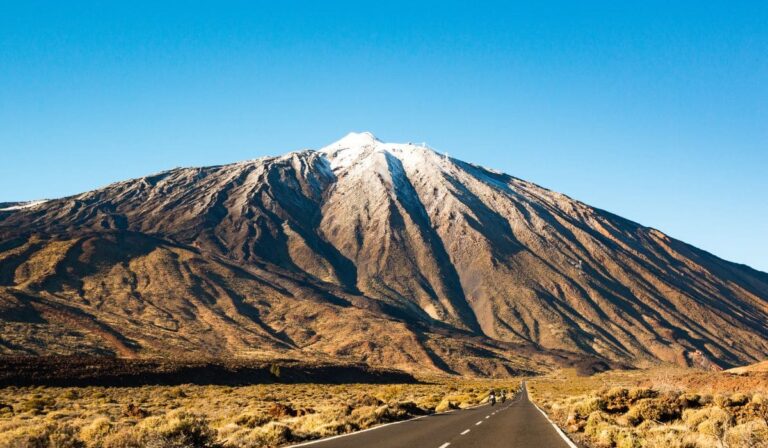
Teide is a mountain, but it has a special feature: it is the highest mountain in Spain, 3,715 metres.
The particularity is not in being the highest, but in its geographical location.
The Teide is in Tenerife (you can tell from the website you are visiting) but the particularity of Tenerife (and the rest of the Canary Islands) is that geographically it is very close to the African continent but administratively it belongs to Spain, that is to say Europe.
Tenerife is an island that is characterised by a spring-like climate all year round, but sometimes snow falls on El Teide, giving us breathtaking landscapes.
Teide is not only an iconic symbol of Tenerife, but also the highest peak in Spain and one of the tallest and most voluminous mountains on any island in the world. Its prominence is such that it dominates the landscape of Tenerife, forming a central part of the Teide National Park, a protected area declared a World Heritage Site by UNESCO.
Weather
The weather on El Teide is more extreme than on the rest of the island. We find the coldest temperatures throughout the year, however it is not uncommon to find very high temperatures.
As mentioned above, at certain times of the year it can snow (it does not snow every year, but almost every year).
The snowy snows are one of the most beautiful images you can find in Tenerife.
It is true that when the Teide is snowed, many people from Tenerife come to see the event, play with the snow and enjoy a landscape that is unseasonable for these latitudes.
On the negative side, it is not uncommon to see queues and traffic jams when the Teide is snowed, caused by the large number of people who travel to this part of the island.
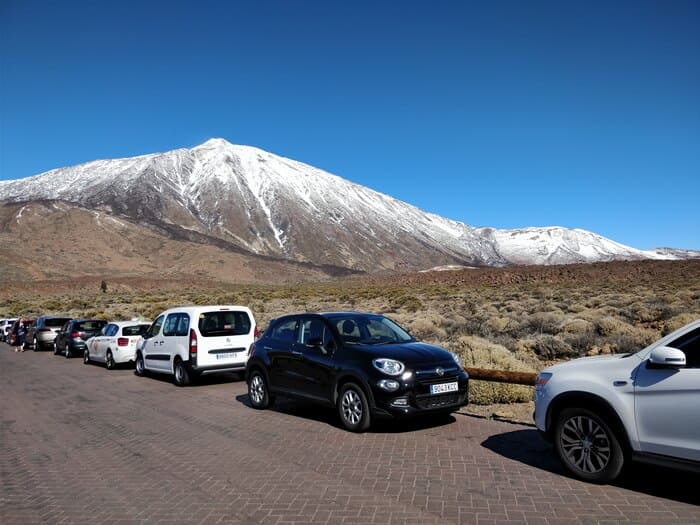
Location and access
Teide is located in the centre of the island, so it is accessible from many parts of the island.
Access from El Rosario
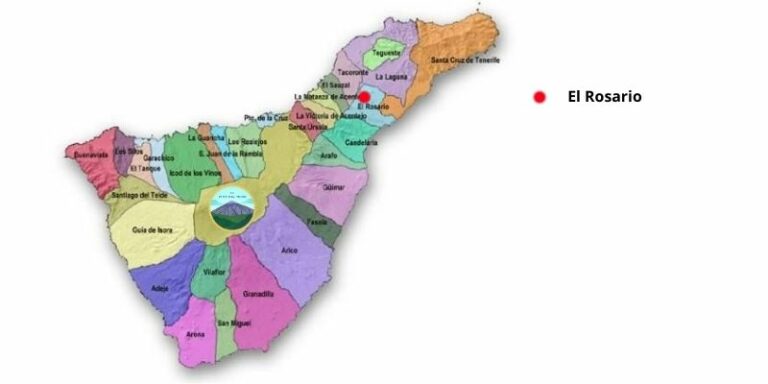
The access from El Rosario is the main access from the metropolitan area of the island.
If you want to go from Santa Cruz de Tenerife or La Laguna, this is the quickest way to get to El Teide.
Access from the north via La Orotava
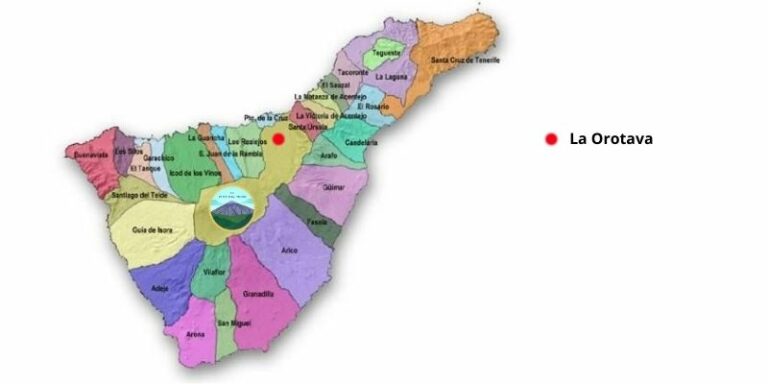
The main access from La Orotava is from the north. In fact, El Teide belongs to the municipality of La Orotava, although responsibility for maintenance, access and conservation belongs to the Cabildo de Tenerife.
If you want to go from Puerto de la Cruz, Los Realejos, Icod de Los Vinos and other points in the north, this is the quickest access.
Access from the south via Arona and Vilaflor
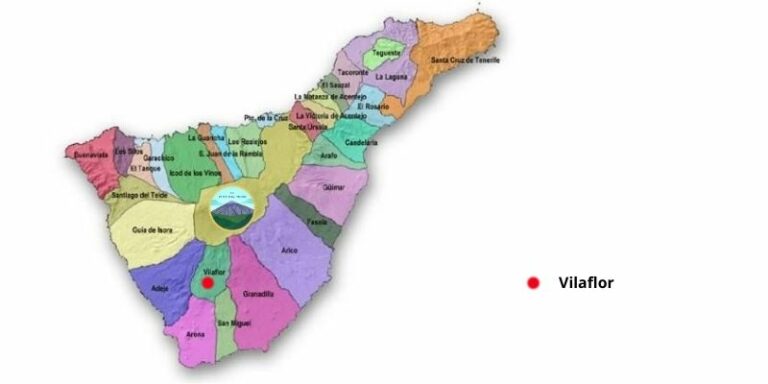
Access from Arona and then via Vilaflor is the main access if you are coming from the south of the island.
If you want to go from Los Cristianos, Playa de las Américas, Costa Adeje, Las Galletas and any area in the south, this access is ideal for you.
Teide National Park
National parks are areas of significant natural importance. Therefore, conservation and research are promoted. The flora and fauna of these national parks are especially protected.
Teide National Park is the most visited national park in Spain. Not only does it encompass the volcano, but it also includes much more territory that contains native ecosystems, unique in the world.
Accessing the Peak of El Teide
To reach the highest point, you have two options. One option is to walk from the base of the mountain and ascend to the peak. This is the less recommended option because the altitude can cause a lack of oxygen, leading to altitude sickness, vomiting, and chills if your body is not accustomed to this oxygen deficiency.
The other way is to take the cable car, spend the night at the shelter, and leave around 4 a.m. to see the sunrise, which is a unique spectacle. It should be noted that the volcano is still active, and therefore continues to emit gases, the most common being sulfur. As we ascend, the smell of sulfur becomes more intense and can be bothersome.
History of Teide
Geological Origin
Teide is a stratovolcano, a type of volcano characterized by a complex structure and violent explosions. It formed above the Atlantic mid-ocean ridge, a geological hot spot that has been active for millions of years. The formation of Teide is the result of the accumulation of several layers of lava and other materials expelled during successive eruptions.
Volcanic activity in Tenerife began approximately 12 million years ago, with the formation of the ancient volcanic edifice of Teno. Later, about 3.5 million years ago, the formation of Las Cañadas began, a volcanic caldera in the center of the island that would eventually become the basis for the formation of Teide approximately 160,000 years ago.
Last Eruption
The last major eruption of Teide occurred in 1909, known as the Chinyero eruption, in the northwest area of the Las Cañadas caldera. This eruption was relatively small and did not cause major damage or casualties. Since then, Teide has not had any eruptions, but is still considered an active volcano with constant monitoring for any signs of future activity.
Altitude and Prominence
With a height of 3,715 meters above sea level, El Teide is notable not only for being the highest point in Spain but also for its prominence in the landscape of Tenerife.
The reason for its height is mainly the accumulation of multiple layers of volcanic materials on the old building of Las Cañadas, and its location on the hot spot of the Canary Islands, which promotes a constant uplift of the terrain due to tectonic and volcanic activity.
Ecological and Cultural Importance
Teide is not only a geological phenomenon; It is also a unique ecosystem with endemic flora and fauna species that have adapted to the extreme conditions of high mountains. Culturally, it has played a significant role in the legends and history of the Guanches, the original inhabitants of Tenerife, who considered it a sacred mountain and home of deities.
